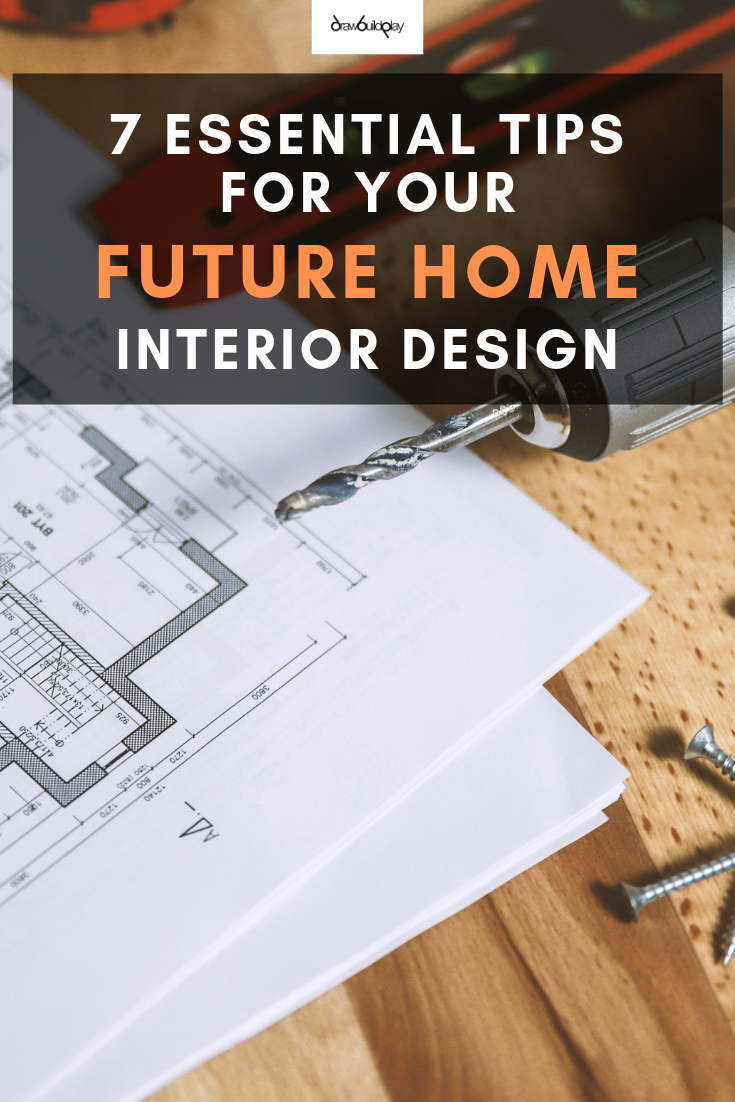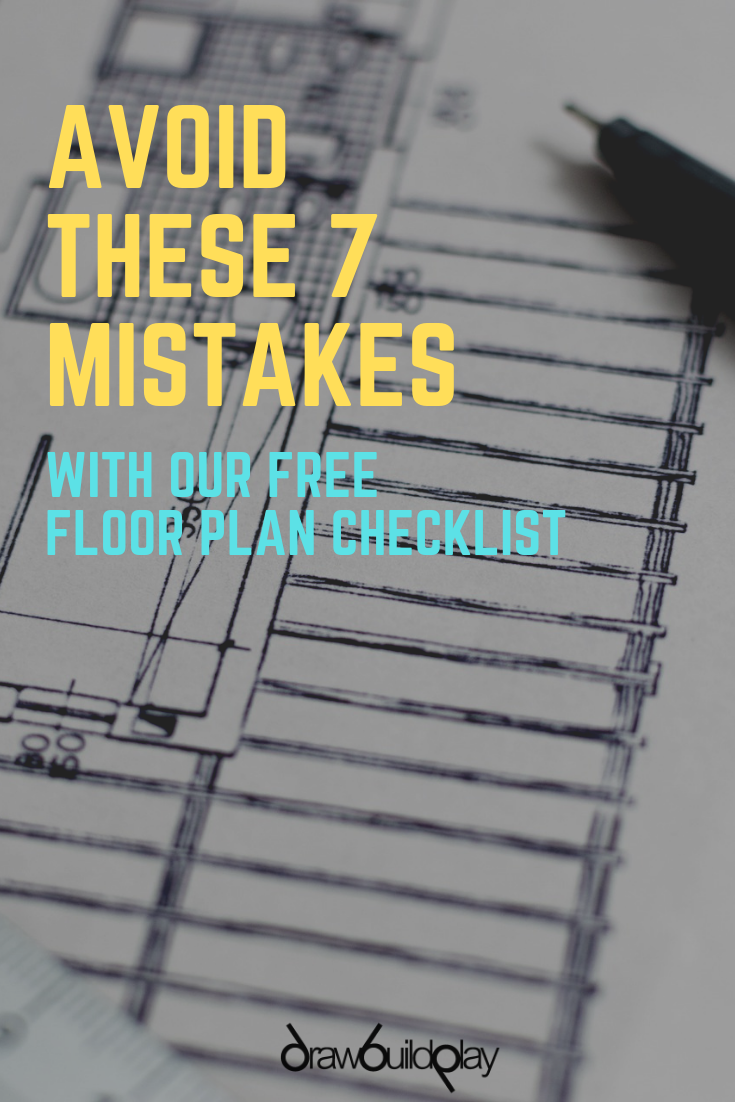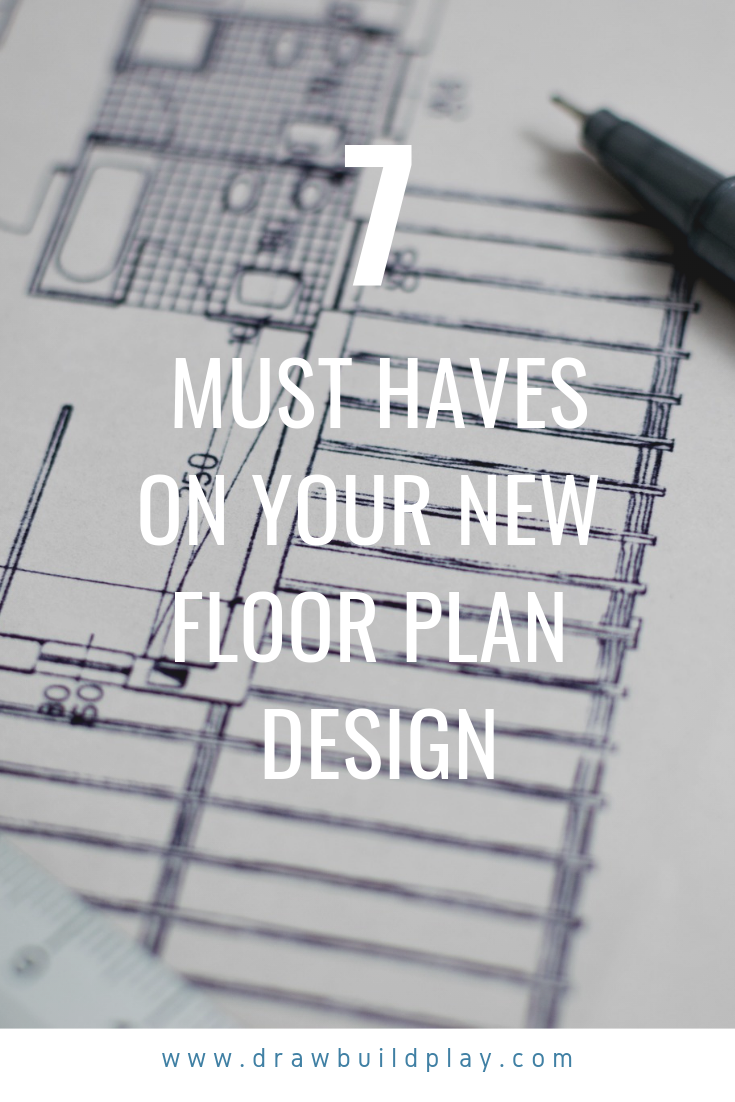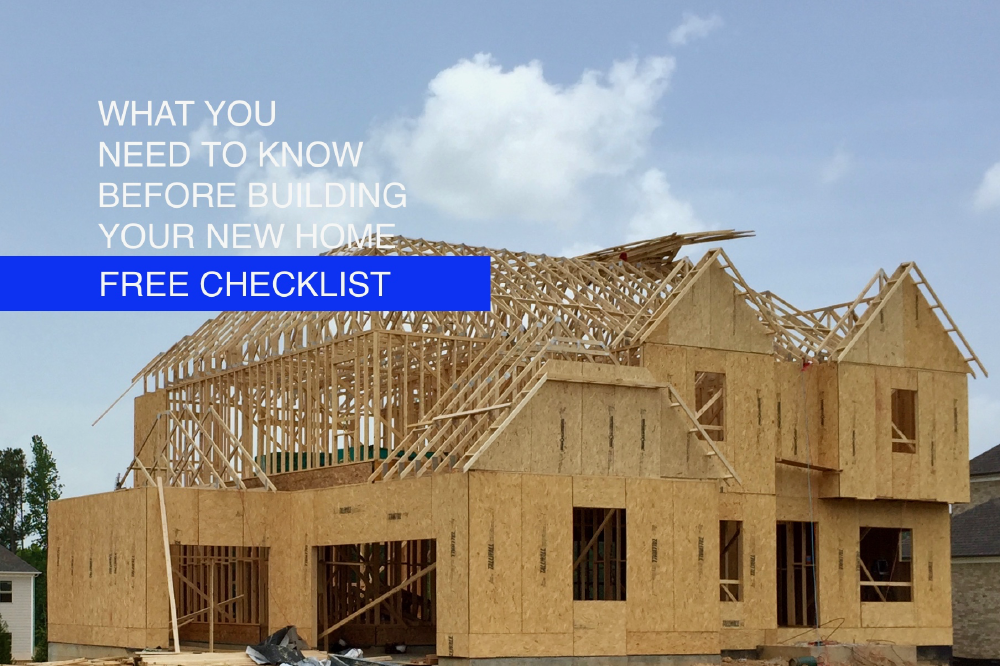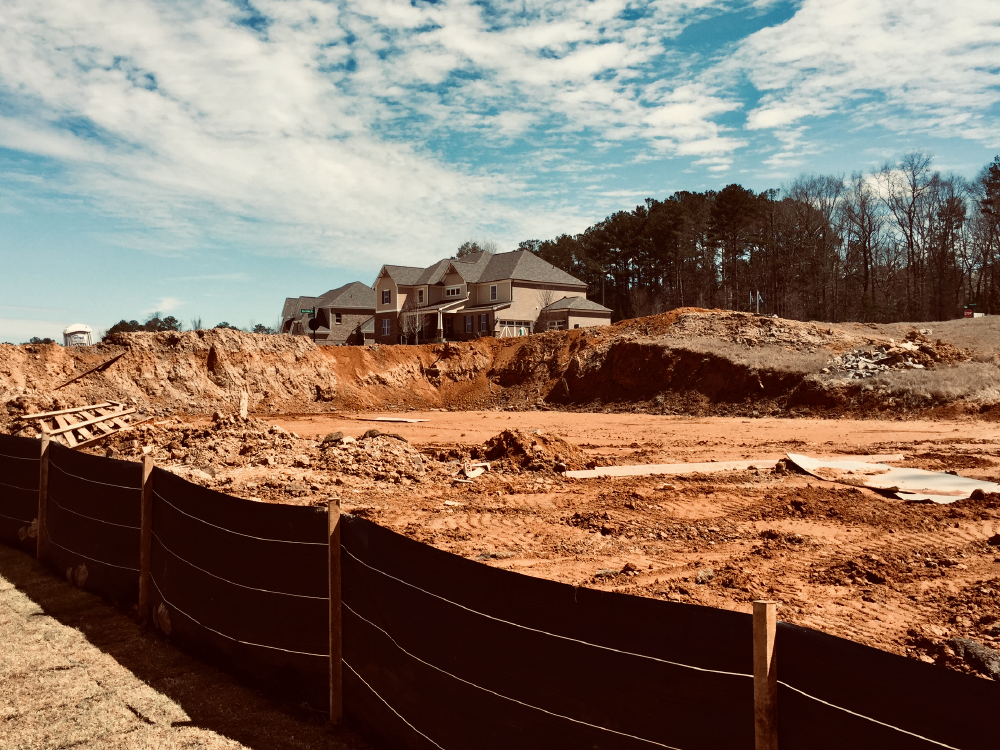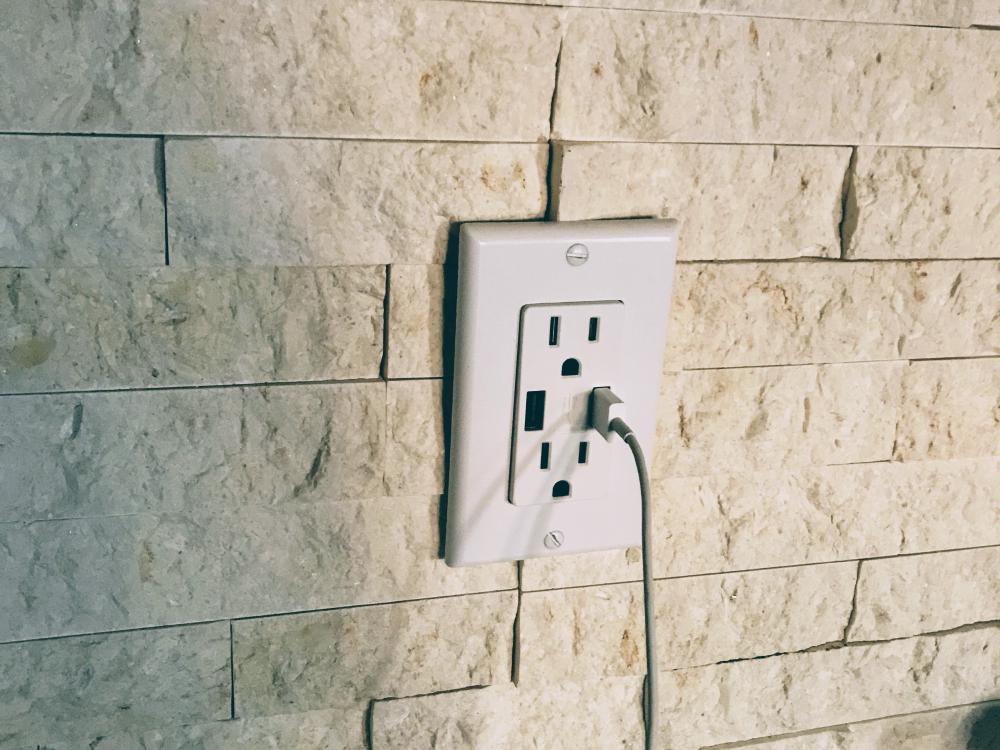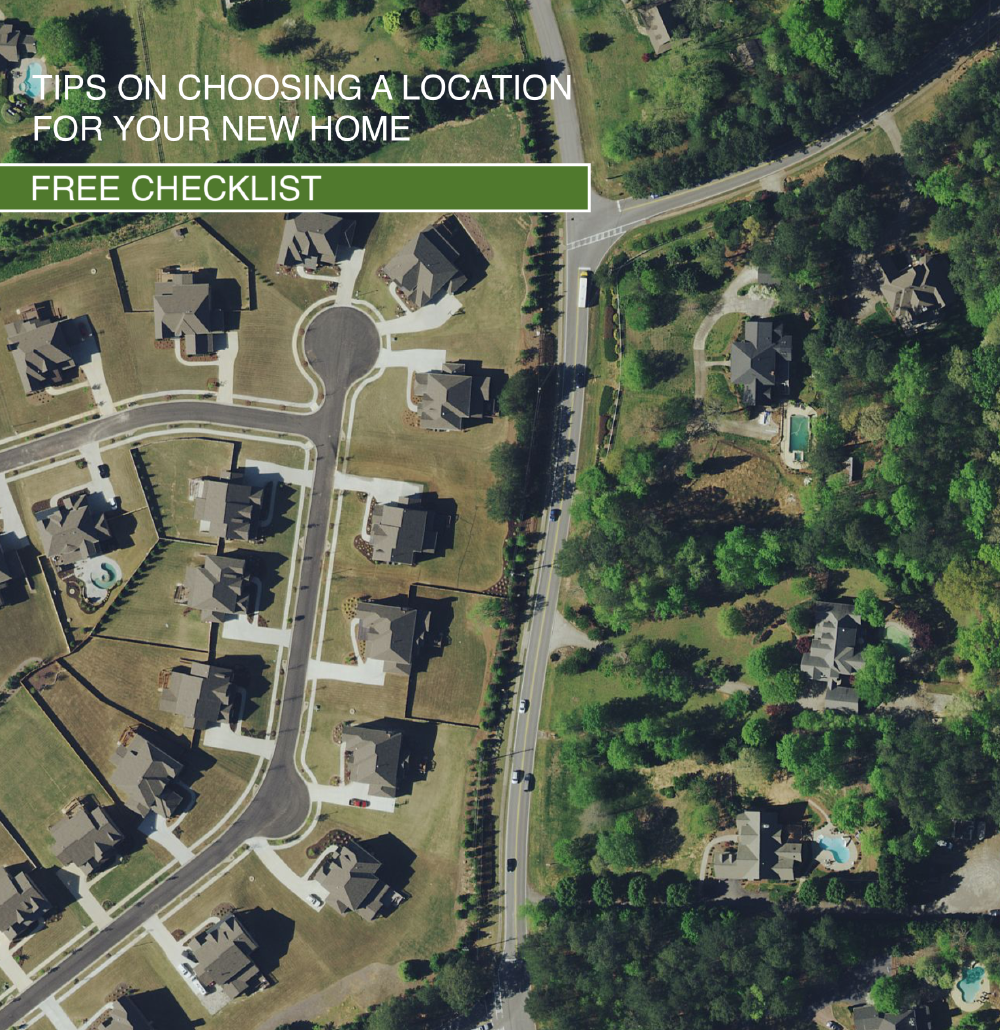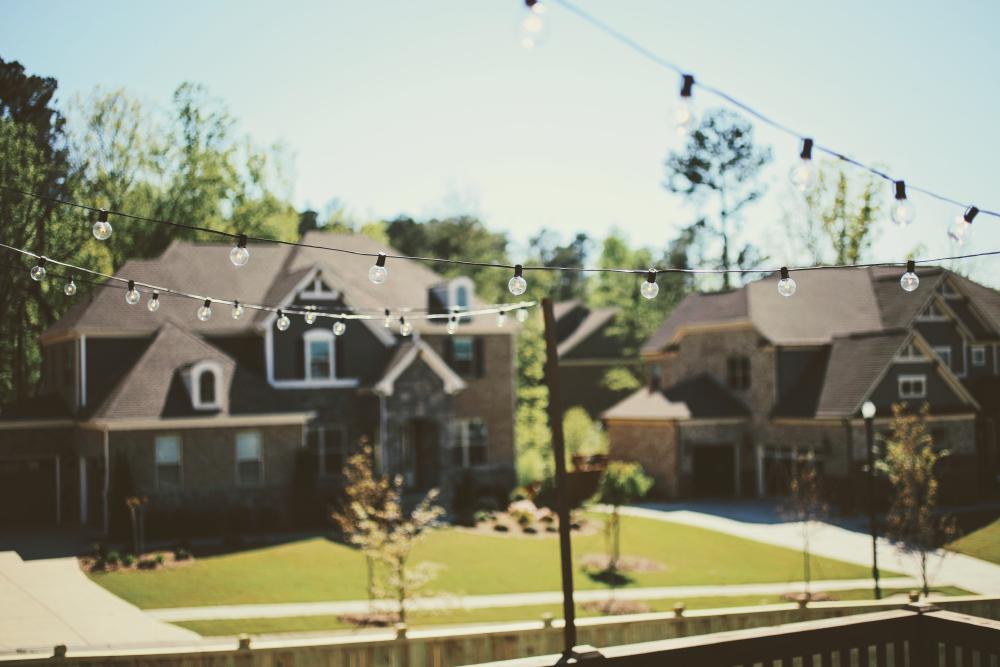Home Design Checklist: Crafting the Perfect Floor Plan
Embark on your home-building journey with our comprehensive home design checklist. From Feng Shui-inspired living rooms to practical floor plan selections, this guide is your go-to resource for building your dream home.
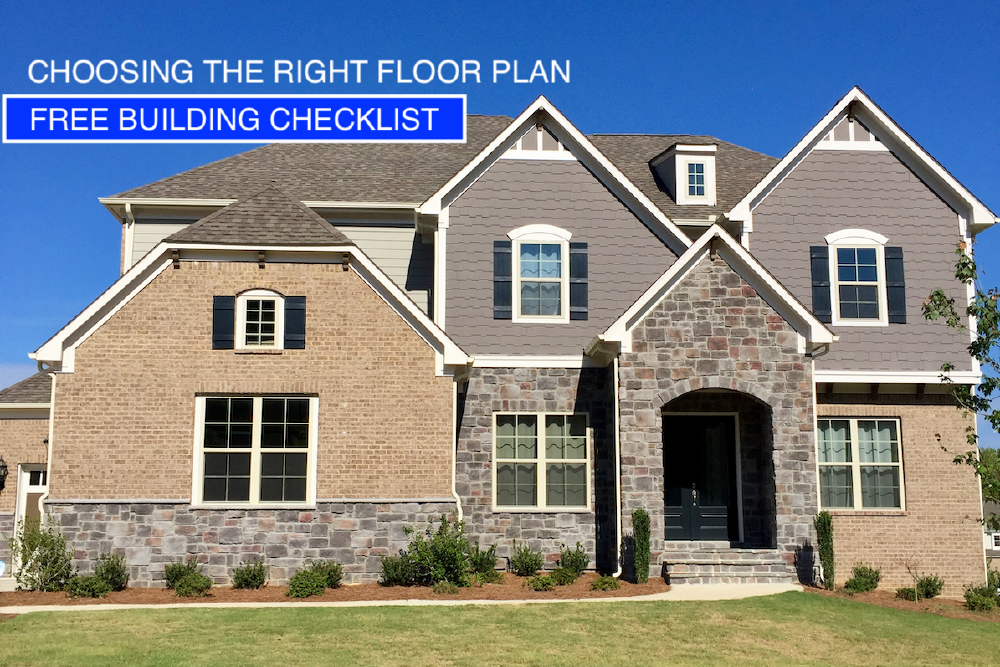
When building a new home (or even buying one that is already standing), you will want to go through our free home building checklist to ensure you are considering everything you need in the layout of your home.
Sometimes, a builder may already have a model home that you can walk through. More often than not, these model homes will be decked out with some of the best upgrades, and will sell you with their beautifully staged furniture. This checklist aims to seperate the marketing from these builders with the stuff that will actually matter, regardless of the upgrades you end up selecting.
Many builders will offer a range of pre-designed plans to choose from. Each plan may also have a number of elevations (front view) to select from.
These are the things to look for when choosing the floor plan that suits you:
- [ ] Open Plan Living: A critical feature for modern homes, offering a spacious feel and fostering family time.
- [ ] Bedroom on Main: Essential for accessibility and future-proofing your home.
- [ ] Number of Bedrooms and Bathrooms: Align this with your family’s current and future needs.
- [ ] Basement Layout: Even if unfinished, plan the layout for future completion.
- [ ] Elevation: Choose an elevation that complements your desired home aesthetic.
- [ ] Ceiling Height: Ensure practicality, especially in high-ceiling areas.
- [ ] Feng Shui / Vastu Shashtra: Consider these principles for harmony and energy flow.
Open Plan Living
Open plan living is a must for modern homes, breaking down walls between the kitchen, dining, and living areas. This design fosters a more inclusive family environment and maximizes natural light.
You can see pictures below of my previous house vs my current home. The openness is dramatic and our family gets to spend much more time together.
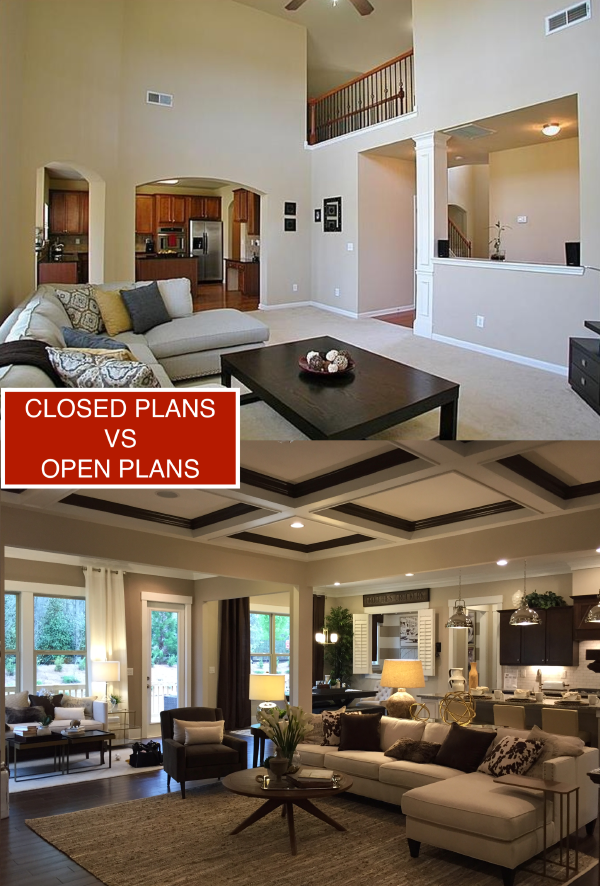
Free Home Building Checklist - Closed Plan vs Open Plan
Bedroom on Main
A bedroom on the main floor caters to accessibility needs and adds value to your home. It’s a practical consideration for aging in place or hosting guests who prefer not to use stairs.
Number of Bedrooms and Bathrooms
When walking through the model home, or looking at the floor plan in front of you, count the number of bedrooms and full bathrooms. Consider the size of your current family, and how your family may grow while you live in this home. Do each of your kids have their own bedroom. If you dont have kids, but plan to eventually, then will there be space for them. If you plan to have the kids share a room, how does this scale when they become teenagers and demand a room of their own?
With Bathrooms, if sharing bathrooms how will the schedule work? Kids may share a bathroom when they are younger, but as they grow into teenagers, they will probably want their own bathroom space also.
The number of bedrooms and bathrooms are also going to factor into resale value. Look at how many bed/baths your home will have and compare it to similar properties in the area. Zillow is a great tool for researching this.
After finding the right number of bedrooms, have you considered the size of each. Often, a bedroom may seem big, but then you put in a double/queen sized bed and barely have any room to walk around. Does the room have a closet. How big is it. Does it meet your needs?
Basement Layout
When building a new home, it may come with a basement. Often these are provided unfinished - meaning its framed, but thats about it. You could pay the builder extra for the upgrade and have them finish it. Or you may decide to defer completing the basement to a later date when you have the money or the need for a basement.
Either way, when you are selecting a basement, take the time to understand the floor plan for it - even if you arent completing it now. Are the plumbing fixtures where you would want them to be? Where are the load bearing walls? Spending a bit of time now with the builder will make it easier to realize your basement dreams later.
Elevation
Now that your plan is laid out, its time to look at the elevation. Based on your floor plan, you will have a few limited selections available called an “Elevation”. Its basically what the front of your house will look like from the street. Selecting an elevation may have minor impacts to your floor plan as it may affect where the ins and outs occur, additions of balcony’s etc. Here you need to decide if you want a wide porch (maybe to relax in the summer, sipping on some sweet tea, while rocking on a chair on the front porch). You may have an option for a balcony upstairs. Or you may just choose an elevation that you think looks pretty.
Part of your elevation is also selecting bricks. Some builders will offer full brick to no brick, or something in between (eg a third of the way up only). Choose what you want here, based on cost and preference. This is really a personal choice. Up north you may want more brick to insulate you from the colder winters. In the South, it really doesnt matter.
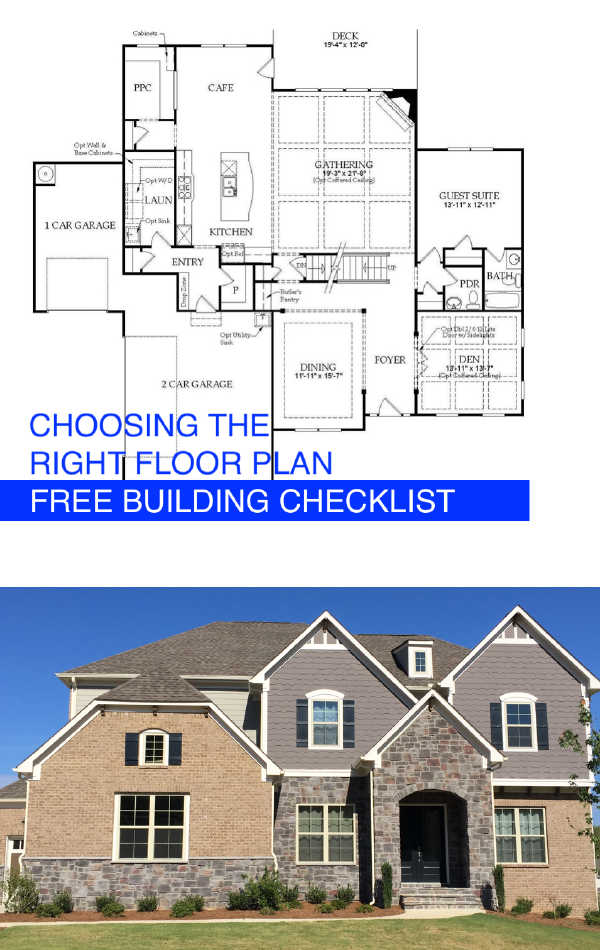
Free Home Building Checklist - Choosing an Elevation
Ceiling Height
While high ceilings can be impressive, consider the practical aspects like maintenance and energy efficiency. A balance between aesthetic and practicality is key.
Ceiling height isn’t something I would have considered originally. But in my first home, we had high 2 story ceilings. Changing those light bulbs when they arae up there are a total pain. In some of the rooms, the ceilings would be high and coved. Looks good, but then when a smoke alarm is mounted high up there and starts chirping in the middle of the night, you will be cursing like a clown. Even climbing up a ladder I struggled to reach to change the batteries.
My new home has 10ft ceilings on the main floor, and 9ft ceilings upstairs. This is a great compromise of having high ceilings giving a spacious interior, while still being practical to reach bulbs and smoke alarms. The only area we have 2 story open ceilings is in the entrance foyer. We luckliy havent had to change those chandelier bulbs yet, but this is where we compromised because we loved so much about the rest of our floor plan.
Feng Shui / Vastu Shashtra
Incorporate elements of Feng Shui or Vastu Shashtra for a harmonious and energy-efficient home design. These ancient principles can guide room placement, color choices, and overall layout for a balanced living environment.
This is diving into the old texts from China (Feng Shui) and India (Vastu Shashtra). The idea’s between the two cultures are similar, in that they aim to create peace and harmony between where we live, how we arrange our rooms, and nature. They both believe that the balance between objects in the room and light will impact our well being.
I am no expert in this area but there are plenty of resources to dig into them. From looking into the most suitable colors for each room to create harmony and good health, to the quadrant of your house that each room should be to create astrological harmony.
You may not believe in astrology or the superstition surrounding a lot of this. But some of the concepts do make a lot of practical sense too, which is the lense I use to look into some of the suggestions.
Below are a list of things that I think are most valuable from the texts, along with my practical reasons to support the idea:
Room Location
| Room | Direction | Benefit |
|---|---|---|
| Kitchen | S / SE | You get the morning sunlight through your window as you prepare and eat breakfast. Helps you wake up for the day by exposing your body to natural sunlight. |
| Entrance | N / NE | The entrance should be facing North or North East so the it attracts positive energy from the Poles. |
| Family | N (Center) | The family room is the center of your home, and as such should be the gathering place from all areas to converge in one place. |
| Dining | W | Evening sun hitting the family as you dine allows you to wind down for the night, as well as make the most of the sun before it sets. |
| Office | NE | The office should be in the NE quadrant representing the area of enlightenment. Its also next to the main entrance which is great if you have clients visiting. |
| Bedroom | SE | Bedrooms in the South East direction invite good health and prosperity. Your head should face west when sleeping so that the sun creeps up your body in the morning. |
Feng Shui will dive into colors based on the direction of rooms in your house. I may go into that in a future post.
By following this comprehensive house design checklist, you can ensure your new home meets both your aesthetic preferences and practical needs. Stay tuned for more insights on building your dream home!
Read These Next
If you loved the post above, please pin it to your boards. Then check out some of our other related DIY projects below.
comments powered by Disqus

